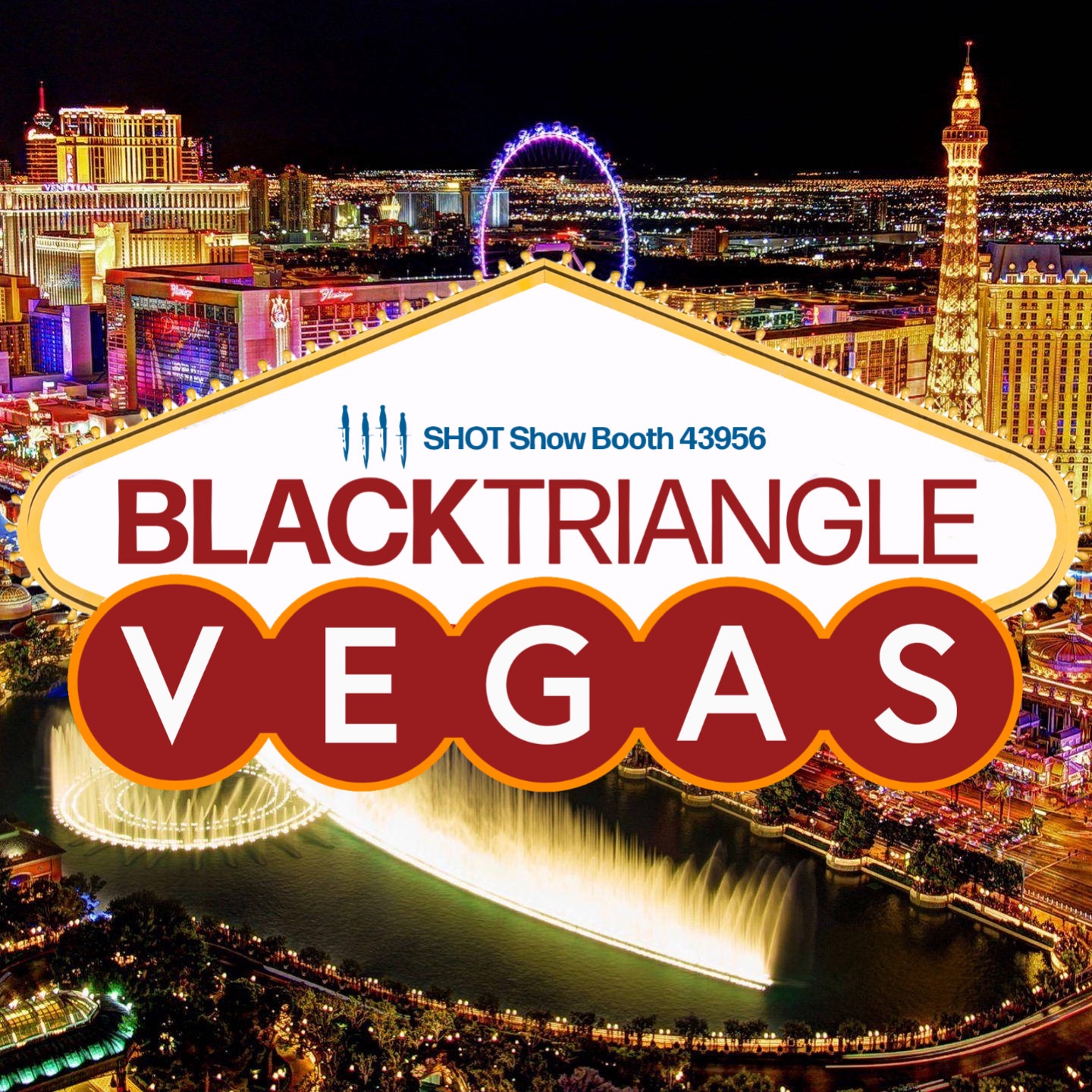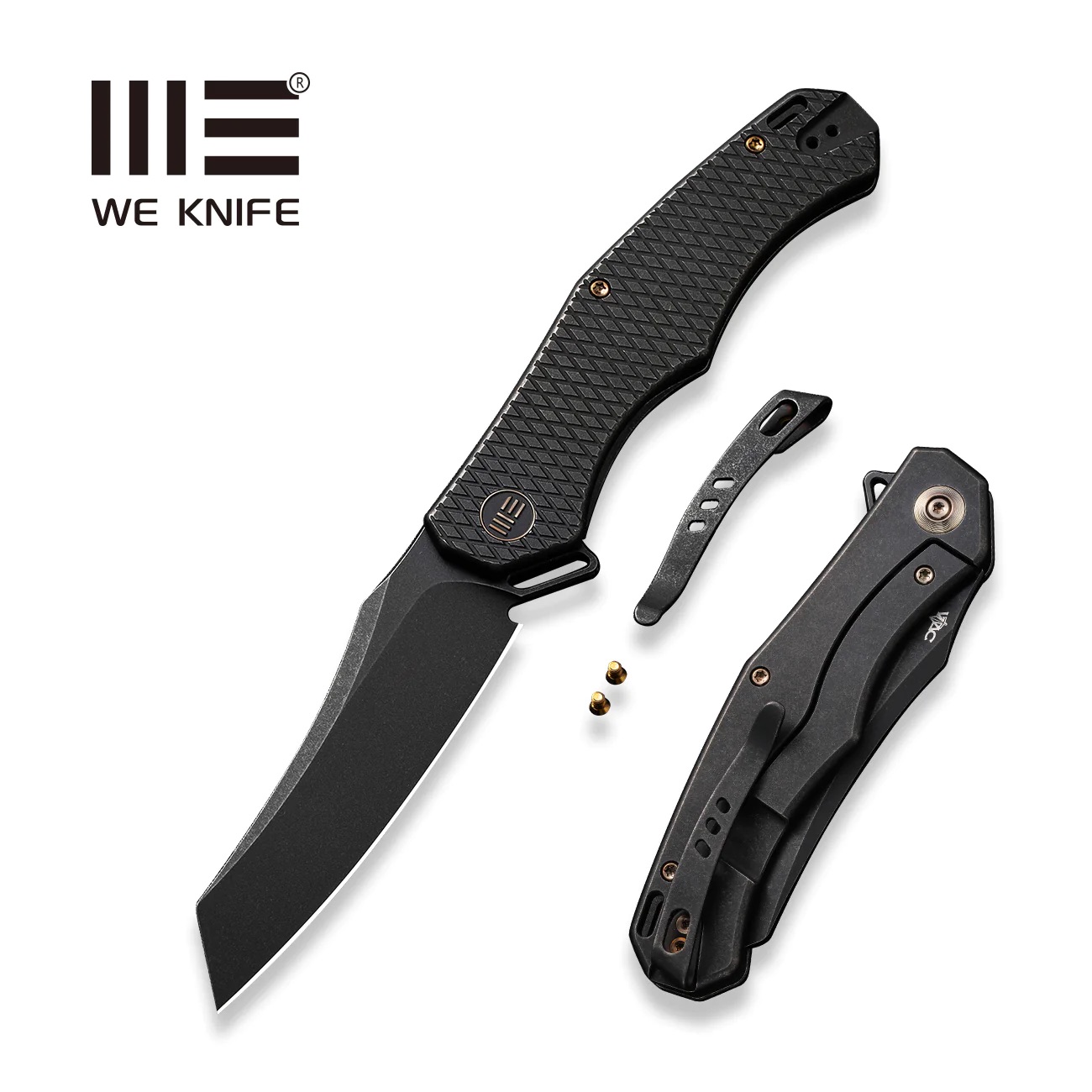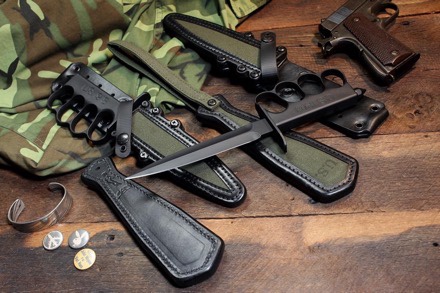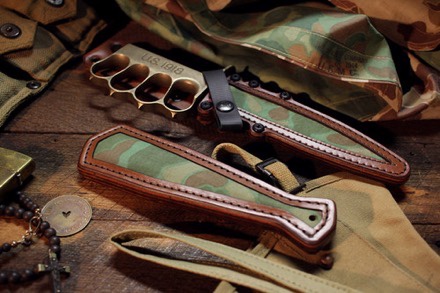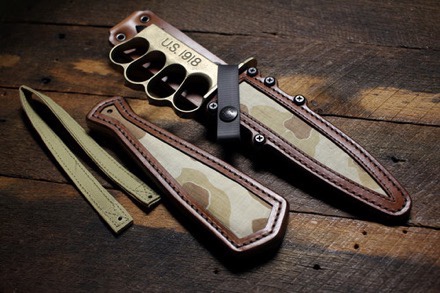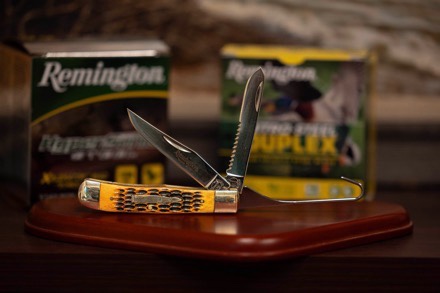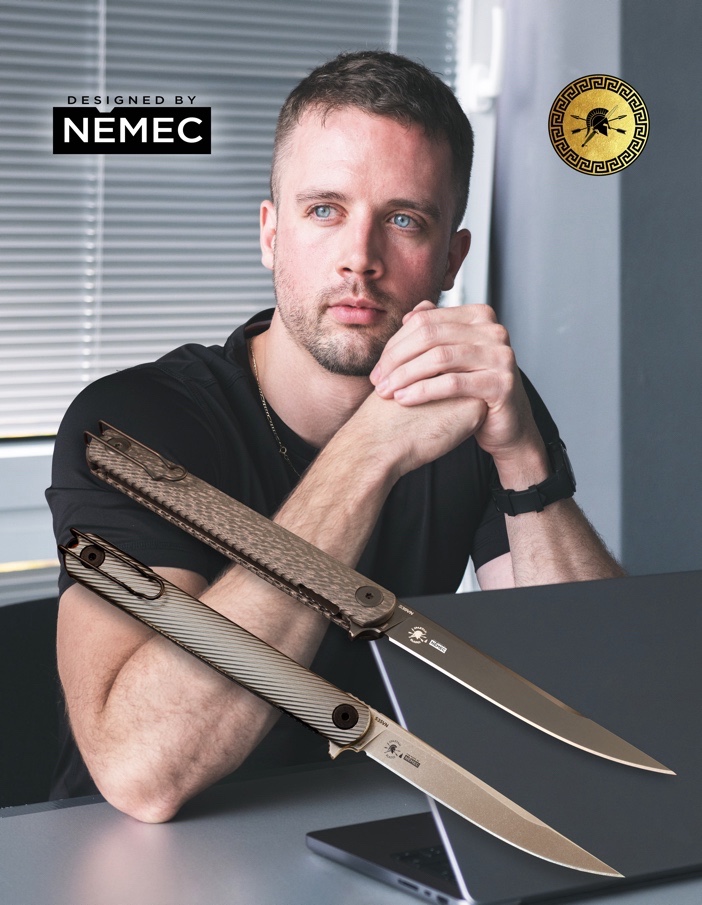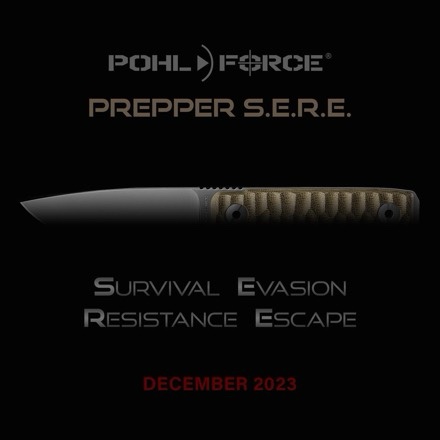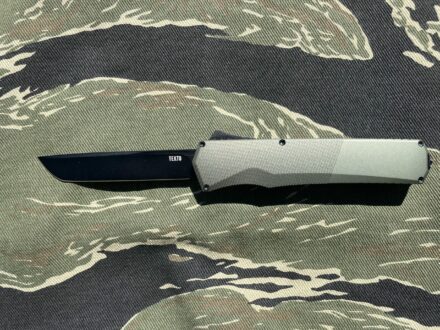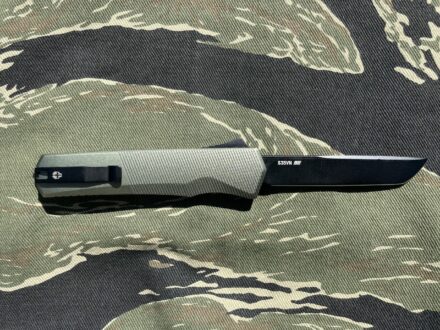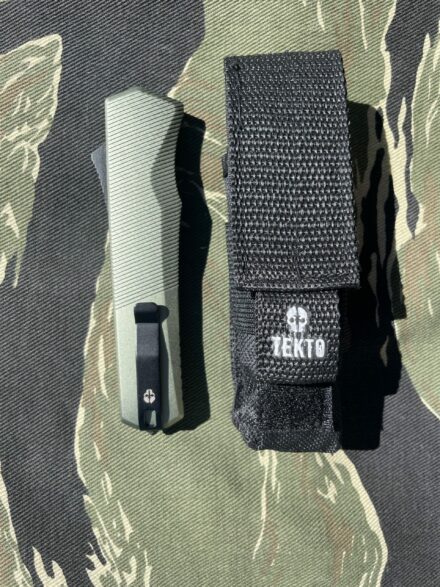
Cedar Crest, New Mexico – In early 2021, business professional Thomas Gomez and renowned blade designer and edged weapons expert Steve Tarani began conversations about forming a joint venture that would bring discontinued and new high quality edged tools to market. Three years later the result of this ongoing collaboration is High Desert Blade Works which now offers designer quality at affordable prices.
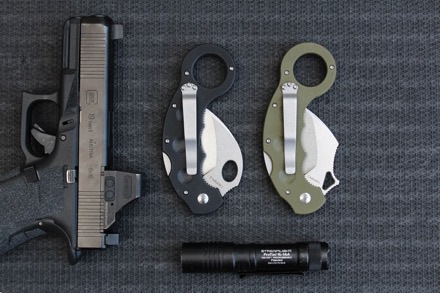
Thomas Gomez, the founder and CEO of High Desert Rifle Works and Co-Founder of Apothecary Ink, is an avid outdoorsman and precision rifle expert who provides quality products, training, and consulting services throughout the shooting Industry. He is additionally engaged in the Healthcare and Agricultural industries in the areas of data analytics and process improvement.
Serving the United States defense, intelligence, and law enforcement communities for over three decades, Steve Tarani is a renowned defensive tactics/edged weapons subject matter expert (SME) and service provider to numerous high, low-profile US federal agencies. Tarani is a former Central Intelligence Agency (CIA) employee, protective programs educator, and formerly on staff at the US DOE National Security Institute (Security Force Training Dept.) at Kirtland Air Force Base. Steve is also a master knife designer (Buck Knives, Benchmade, 5.11, BladeTech, Strider Knives, TK Knives, and High Desert Blade Works), has an extensive Filipino Martial Arts background, and is the architect of the International Chiefs of Police (IACP) Model Policy (and accompanying Training Key) on the carry and usage of knives by police officers. Mr. Tarani is a recognized self-defense expert, author, and public speaker known for his work in the protective services field. He remains a federal contractor, active protective agent, and advisor to the US Department of Justice (USDOJ), the US Department of Defense (DoD), and other government agencies.
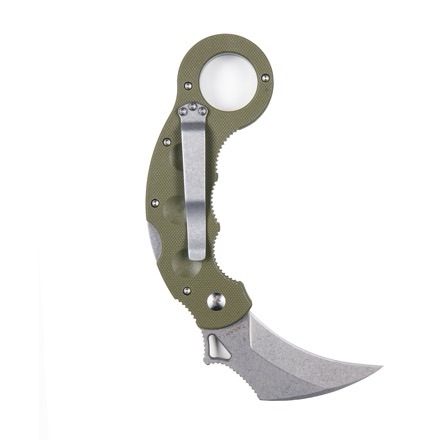
When Thomas and Steve put their concept to paper, it made sense, and they moved forward with the aid of industry giants such as Duane Dwyer of Dwyer Custom Goods (DCG), co-founder of Strider Knives.
Combining such tremendous talent and resources, High Desert Blade Works emerged and has since launched a suite of designer production blades that include legacy designs and improved one-handed openers. To complement the live blades, High Desert Blade Works has created a series of fixed and folding straight and curved edged training blades that provide safe training options.
Per customer demand High Desert Blade Works has branched into the search and rescue and medical space with a Search and Rescue Karambit- the SARK, and a medical kit that was a collaboration with Medical Points Abroad. Moving forward, High Desert Blade Works is fully committed to ongoing development and sales of high quality edged tools that remain the best value in their class. For more information, see highdesertbladeworks.com.
Contact us at info@highdesertbladeworks.com. Dealer inquiries are welcome.


